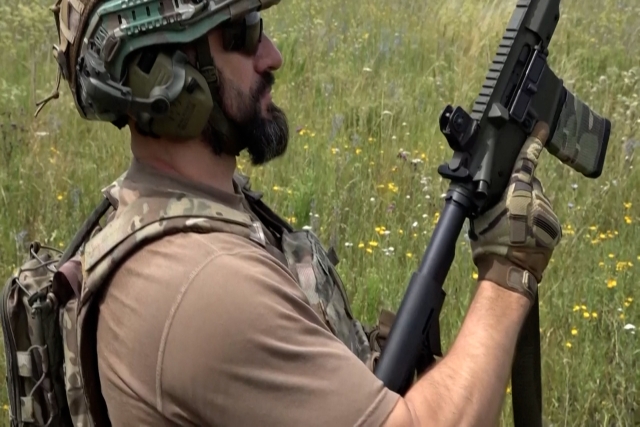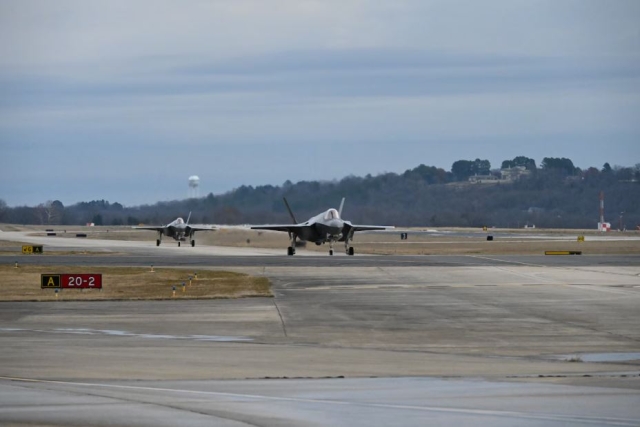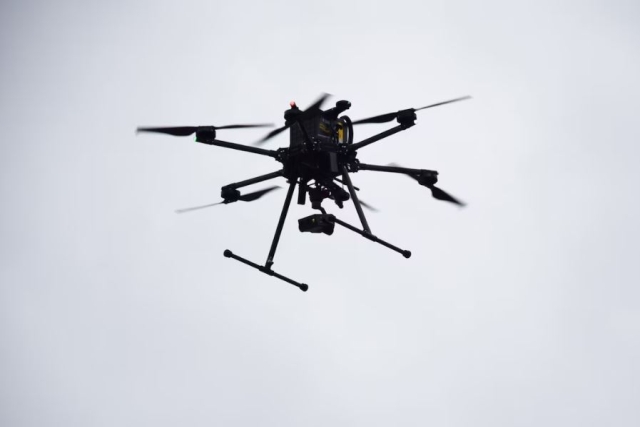US Navy Tests Raytheon-Built Interceptors To Meet Multiple Missile Threats
The US Navy conducted Flight Test Mission-25 exercise by launching Raytheon-built interceptors, one Standard Missile-3 Block IB interceptor and two Standard Missile-2 IIIAs against ballistic and cruise missile targets respectively.
The exercise demonstrated the ability of interceptors to manage multiple missile threats simultaneously. Military experts agree that should cruise or ballistic missile attacks threaten the United States or its allies, they are likely to come in the forms of 'raids' involving multiple threats launched at once.
"The test's success showcases the ability of the United States to take on numerous ballistic and cruise missile threats at one time," said Dr. Taylor W. Lawrence, president of Raytheon Missile Systems. "No other nation in the world has the capability to defend itself in this manner."
During the test, one SM-3 Block IB destroyed a short-range ballistic missile target as two SM-2 Block IIIAs eliminated two cruise missile targets.
The SM-3 Block IB is designed to destroy incoming short-, medium-, and intermediate-range ballistic missile threats by colliding with them in space. It is deployed with the U.S. Navy.
The SM-2 is a fleet-area air defense weapon capable of providing extended-area air defense. It is deployed by the U.S. and eight allied navies.
"The SM-3 has already proven itself in nearly 30 space intercepts, which is a tremendous accomplishment," said Dr. Mitch Stevison, Standard Missile-3 program director. "In a lot of ways, though, we're just starting to see what this missile is capable of, which is exciting."










